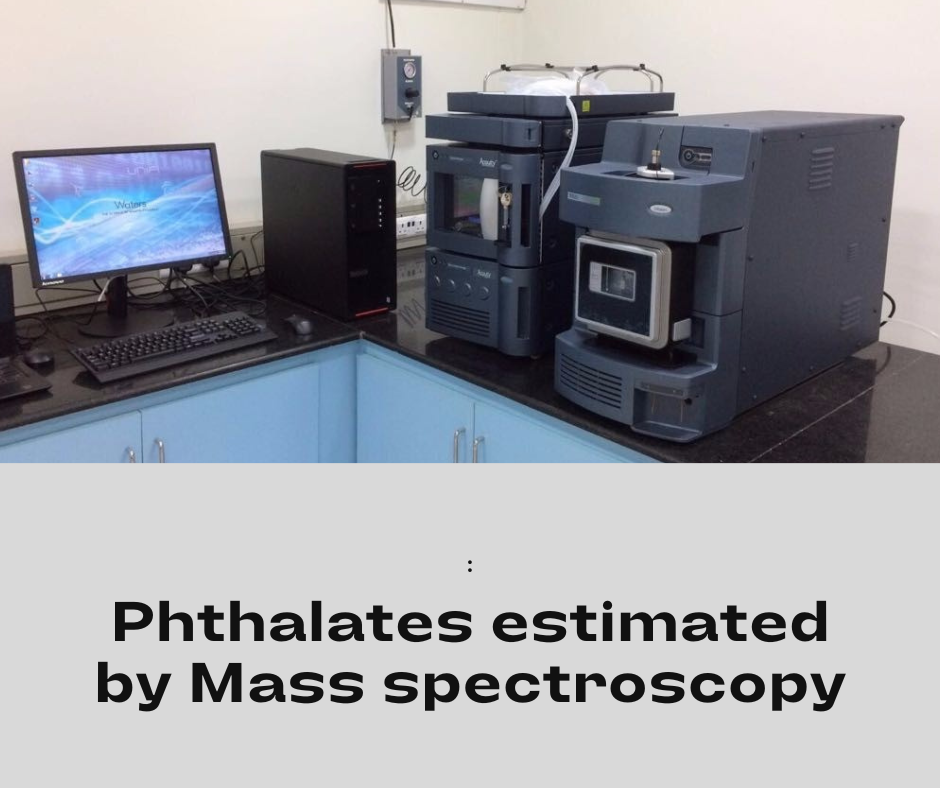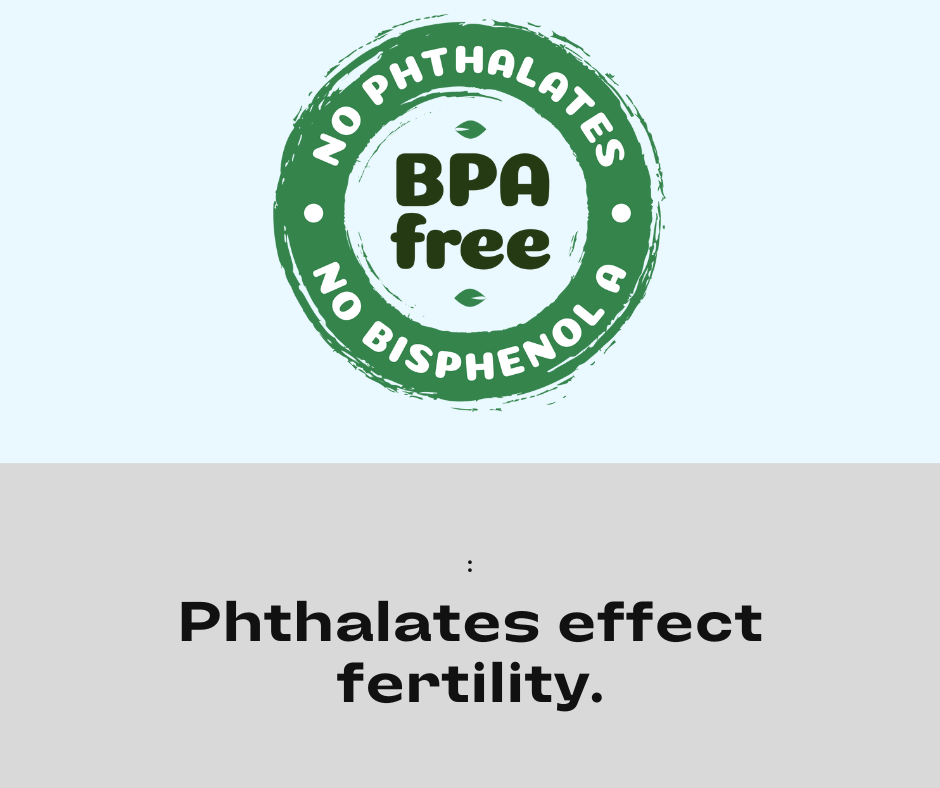In our daily lives, we come into contact with many chemicals, many of which go unnoticed. Among these, phthalates, a group of chemical compounds widely used to make plastics more flexible and harder to break, have raised concerns due to their ubiquitous presence and potential health impacts. This blog post delves into the world of phthalates, shedding light on what they are, where they’re found, and the growing body of research linking them to health issues, particularly concerning female fertility.
– Dr. G. A. Ramaraju DNB PhD, Consultant Krishna IVF Clinic
The Science Behind the Impact
How Phthalates Affect the Body
Phthalates are endocrine disruptors, chemicals that can interfere with the body’s hormonal system. They mimic hormones, block hormonal signals, or alter the regulation of hormones, leading to a cascade of potential health effects. The primary route of exposure is through ingestion, inhalation, and skin absorption, making daily consumer products a significant concern for cumulative exposure.

Research Findings on Reproductive Health
Phthalates negatively affect reproductive health. Exposure to phthalates has been linked to hormone level changes, reduced sperm quality in men, and impacts on the reproductive system in women.
Studies Linking Phthalates to Fertility Issues
Studies on phthalate exposure and female fertility have revealed a link between the two, with increased risk of infertility, endometriosis, and PCOS being associated with exposure to phthalates. The studies suggest that phthalates may interfere with the crucial hormonal balance needed for reproduction.
Recent Studies on Phthalates and Health
Research has shown that chronic exposure to phthalates can lead to various health issues beyond reproductive health, such as metabolic disorders, obesity, and respiratory problems. These findings suggest that phthalates affect multiple bodily systems.
What Are Phthalates?
Phthalates are a group of chemical compounds known for enhancing plastics’ flexibility, durability, and longevity. They belong to a broader family of chemicals used in hundreds of products, from personal care items to consumer goods and medical devices. Despite their widespread utility, phthalates have come under scrutiny for their potential health risks, especially regarding hormonal and reproductive health.
Common Sources of Phthalates
Phthalates can be found in a surprising array of everyday items, including but not limited to personal care products, plastics and packaging, household items, and specific medical devices made with PVC.
Phthalates in Consumer Products
Phthalates are often hidden in personal care products under the guise of “fragrance” or “perfume.” They help stabilize the fragrance, enhance absorption, and maintain product consistency.
Phthalates are commonly found in plastics and packaging materials such as cling wraps, food packaging, and plastic containers. They make polyvinyl chloride (PVC) plastics soft and flexible. Continuous exposure can occur through the leaching of phthalates into food items or beverages from these containers.
Phthalates are used in medical devices like tubing, blood bags, and dialysis equipment made from PVC for flexibility and durability. These compounds can leach into fluids and medications, exposing patients to health risks.
Evolving Understanding of Risks
Phthalate exposure during critical development periods may have long-lasting health effects, emphasizing the need for preventive measures in vulnerable populations.

Mechanisms of Impact on Female Fertility
Hormonal Disruption by Phthalates
Phthalates disrupt female fertility through endocrine disruption by mimicking or blocking natural hormones, leading to fertility issues and complications with pregnancy.
Effects on the Reproductive System
Phthalate exposure can disrupt hormonal balance and affect female reproductive health, leading to altered menstrual cycles, decreased ovarian reserve, and reduced IVF success rates.
Health Risks Associated with Phthalates
Specific Health Conditions Linked to Phthalates
Phthalates are linked to various health risks, including asthma, allergies, neurodevelopmental problems in children, and cardiovascular diseases and diabetes in adults. Long-term Fertility Risks
Phthalate exposure can have a long-term impact on fertility. Even low-level exposure over time can lead to diminished fertility and may affect future generations through epigenetic changes. This raises concerns about the legacy of our chemical footprint.
Global Initiatives and Recommendations
The Minderoo-Monaco Commission’s Work
The Minderoo-Monaco Commission on Plastics and Human Health is working to tackle the health impacts of plastic-associated chemicals through stronger regulations, transparency in chemical use, and safer alternatives.
Proposed Global Plastics Treaty
There is a call for a global plastics treaty that addresses plastics’ health and environmental impacts, including hazardous chemicals like phthalates. Such a treaty would be a significant step forward in the fight against plastic pollution and its associated health risks.
Strategies for Reducing Exposure
Identifying and Avoiding Phthalates
To reduce phthalate exposure, look for “phthalate-free” products or avoid common phthalate compounds like DEP, DBP, and DEHP. Using glass, stainless steel, or phthalate-free plastics for food storage and packaging can also help.
Lifestyle and Product Choices
Reduce phthalate exposure by choosing natural or organic personal care products, minimizing plastic items, and opting for fresh, unpackaged foods.
Community and Regulatory Actions
Advocacy for Safer Regulations
Advocacy groups and non-profits have campaigned for stricter phthalate regulations, leading to bans on certain phthalates in children’s products. However, they continue to call for broader restrictions and the removal of phthalates from all consumer products. Community Efforts to Reduce Exposure
Grassroots movements and community-led initiatives educate the public about risks and promote phthalate-free alternatives. Regulatory agencies worldwide evaluate the safety of phthalates and implement policies to protect consumers. However, there are significant variations in the scope and rigor of phthalate regulations across different regions.
Challenges and Opportunities
Regulating phthalates effectively is challenging due to inadequate data on their health impacts and the chemical industry’s influence. However, these challenges also present opportunities for innovation in product development and the creation of safer alternatives.
